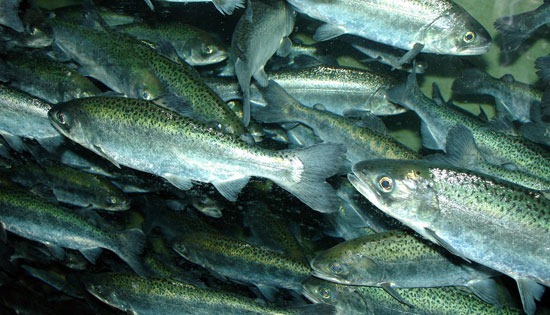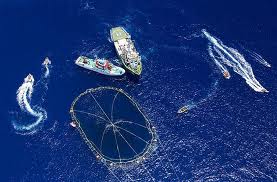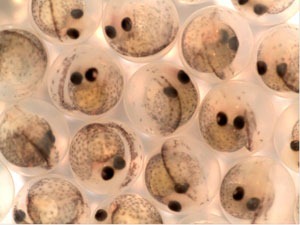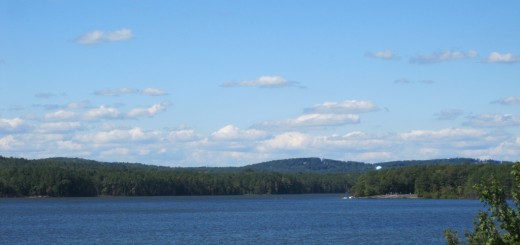Michigan State’s Robotic Glider To Study Great Lakes Fish
1A robotic fish project at Michigan State University is expanding thanks to funding from the National Science Foundation, according to a release from the university. The increased support will allow researchers there to build more of the devices, sometimes known as robofish.
With a fleet of robofish, researchers say they can expand studies into the water quality of inland lakes, as well as learn more about fish behaviors and life patterns.

Grace, Michigan State University’s robofish. (Credit: Xiaobo Tan)
The existing prototype, called Grace, has its shortcomings. It “only communicates with a laptop when the robot is on the surface of the water,” said Xiaobo Tan, associate professor of electrical and computer engineering at Michigan State, to FishSens Magazine. “We’d like to exchange information more quickly and it’s sometimes not feasible for robots to surface.”
To fix those issues and add more functional capability, Tan and others in his lab will add acoustic receivers and possibly integrate smartphones so that robofish can have access to extra computational power and data storage. They plan to build around 10 more of the devices.

Michigan State’s robofish glider. (Credit: G.L. Kohuth)
Multiple devices will allow for tracking fish with increased accuracy. As each robofish hears pings from different fish tags around it, the locations of fish schools can be triangulated. This will help wildlife officials realize what sorts of fish are living in certain areas and target habitat improvement efforts better. The robofish could also be used to combat invasive species by identifying the right locations to set traps to catch them.
“We want to learn how fish move through water for days or weeks. We hope to understand their spawning behavior and daily routines,” said Tan to FishSens Magazine. “Then managers can adjust accordingly.”














Sir , I don’t know the problem you are facing is of directing grace or receive info , but why don’t you use Sonar wave . allot different set of intruction on each set band of frequency and try to communicate with grace.